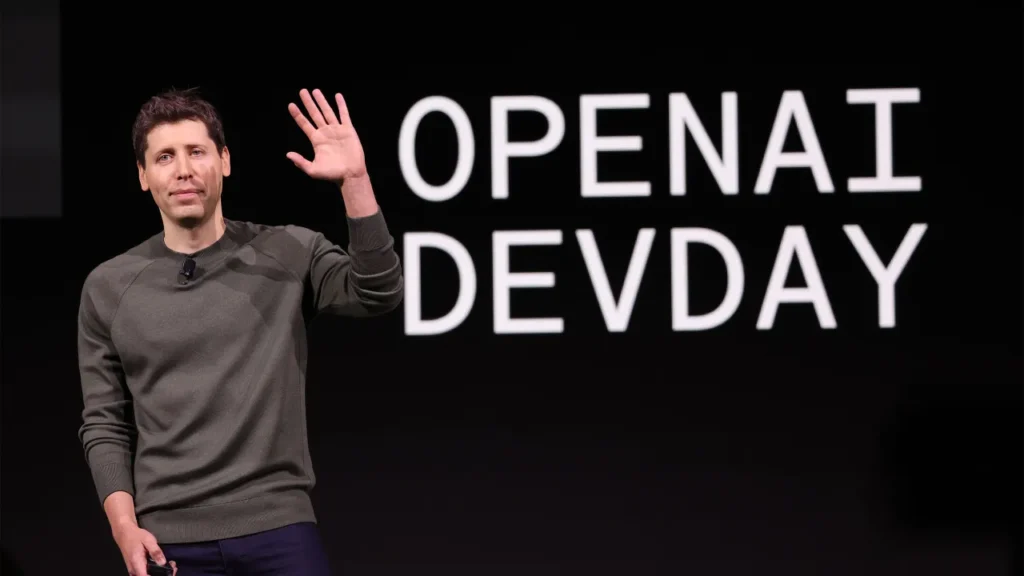OpenAI Launches “o1” Reasoning AI Model in API for Developers
OpenAI is introducing its reasoning AI model, “o1,” to its API, starting with select developers in the company’s “tier 5” usage category. This move marks the replacement of the earlier o1-preview model, offering more advanced features and customization options for developers.
Access and Cost of “o1” in the API
The rollout of “o1” begins Tuesday, with access initially granted to developers who meet tier 5 requirements: spending at least $1,000 on OpenAI services and having an account older than 30 days since their first successful payment. Unlike OpenAI’s non-reasoning models, such as GPT-4o, “o1” focuses on reasoning and self-fact-checking, which helps avoid common pitfalls, though it comes at a higher cost due to its computing resource demands.
At $15 for every ~750,000 words analyzed and $60 for every ~750,000 words generated, “o1” is six times more expensive than GPT-4o. Despite the cost, the model’s ability to fact-check and provide detailed responses makes it particularly useful for applications in programming, business, and other technical fields.
Features and Customization
The new version of “o1” in the API is more customizable than its predecessor. Key features include:
- Function Calling: Allows the model to interact with external data, expanding its capabilities beyond just responding to queries.
- Developer Messages: Lets developers specify the tone and style of the model’s responses.
- Image Analysis: Enables the model to analyze and respond to visual content.
- Reasoning Effort Parameter: Gives developers control over how long the model spends “thinking” before providing an answer.
This enhanced version of “o1,” referred to as “o1-2024-12-17,” is a post-trained model that improves on its predecessor based on feedback. OpenAI says it provides more comprehensive and accurate responses, particularly for complex questions related to programming and business.
Gradual Rollout and Expansion Plans
OpenAI is rolling out access to “o1” gradually, initially limiting it to tier 5 users while working to expand to additional usage tiers and increase rate limits. As the model becomes more accessible, OpenAI aims to improve the availability of this reasoning capability for a broader range of developers.
Realtime API and Other Developer Updates
In addition to the “o1” model update, OpenAI also launched new versions of its GPT-4o models as part of the Realtime API. These models, “gpt-4o-realtime-preview-2024-12-17” and “gpt-4o-mini-realtime-preview-2024-12-17,” offer improved data efficiency, reliability, and lower costs for developers building low-latency, AI-generated voice responses.
The Realtime API, still in beta, has added several new features, including concurrent out-of-band responses for background tasks like content moderation, and WebRTC support for building real-time voice applications. OpenAI has also integrated noise suppression and congestion control for smoother interactions, especially in variable network conditions.
Additional Updates for Developers
OpenAI has also expanded its fine-tuning capabilities with the introduction of preference fine-tuning, which allows developers to train models to distinguish between preferred and non-preferred answers. Furthermore, OpenAI has launched an “early access” beta for software developer kits in Go and Java, enabling even more flexibility for building applications with its models.


